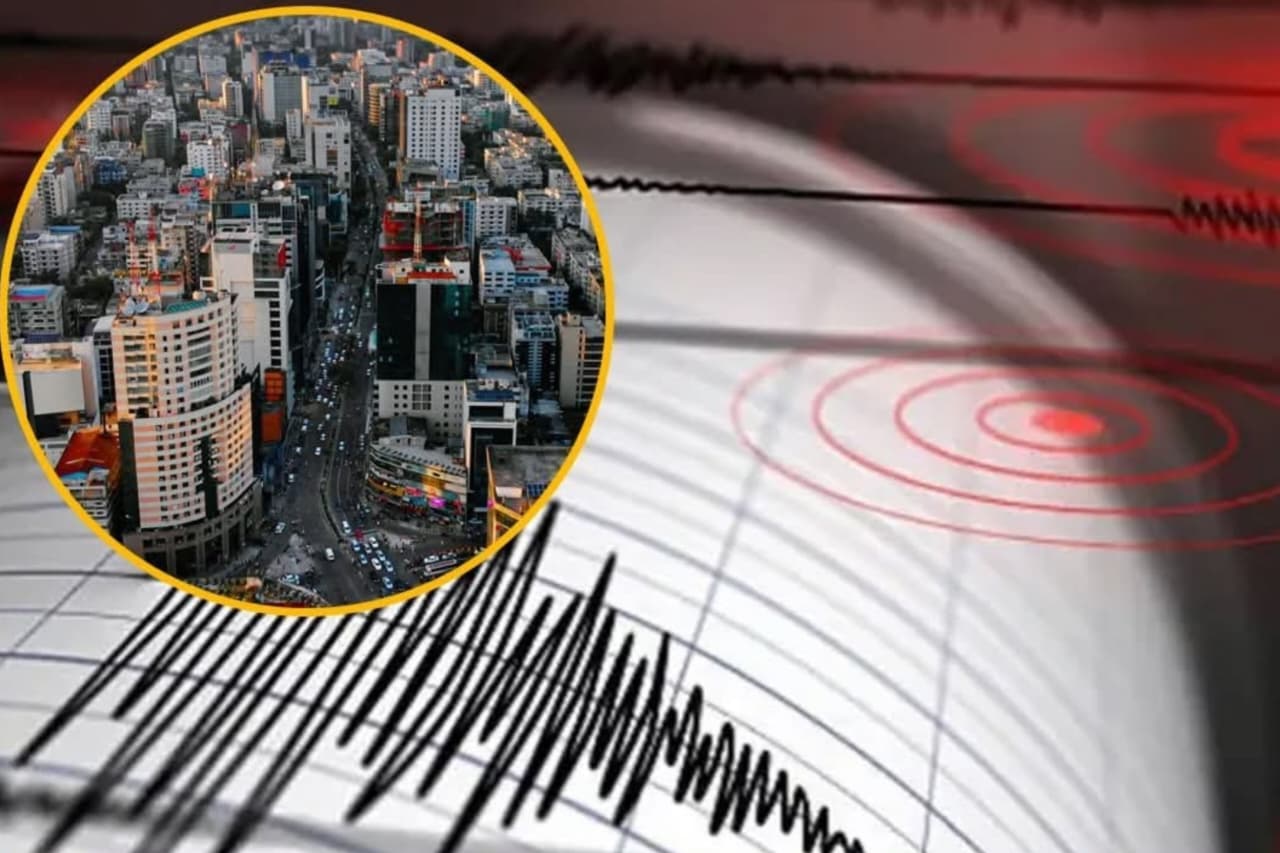Central Bangladesh has experienced an earthquake of magnitude 5.7 that has resulted in at least ten deaths and stirred up major concerns about the country’s preparedness for large-scale seismic events. The quake, although moderate, revealed the poor quality of some buildings, pointed out the weaknesses of the emergency systems, and made it clear that strengthening the country’s disaster preparedness was an urgent matter. On the other hand, the capital city Dhaka, which already has a high population density, is still particularly vulnerable because of its rapid urbanization and poor enforcement of building regulations. The experts’ verdict is that unless Bangladesh makes its infrastructure and resilience planning stronger, a future quake with higher magnitude could cause devastation much worse than that of the last one.
The Earthquake’s Immediate Impact and Structural Concerns
The earthquake affected several central districts, and part of Dhaka felt its impact. The death toll has risen to ten, with many more injured. The tremor caused visible cracks in both residential and commercial buildings, while the older structures displayed very serious signs of collapse. The tin-roofed houses in the countryside fell down, and the interruptions in electricity and in the provision of basic services worsened the situation. Even though this quake was moderate from a global perspective, seismologists still consider the region very risky since Bangladesh is just a stone’s throw away from the fault lines where earthquakes happen, meaning that a stronger event is not out of the question. The recent earthquake has demonstrated how fragile the country’s infrastructure would be during a more powerful seismic shock.
Why the Quake Is a Wake-Up Call for Urban Resilience in Bangladesh
The event has drawn the attention of urban planners and disaster specialists to the instability of Dhaka’s landscapes. The capital is rife with buildings of varying types and ages that do not meet the current seismic safety standards, especially mid-rise apartments that were built a long time back. While construction codes have been updated, enforcement is still lacking particularly in those parts where rapid informal construction is the norm. Dhaka’s infrastructure, which has been there for decades and includes bridges, water systems, etc., is very susceptible to earthquakes and in case of a major one, it could go for a catastrophic collapse. The recent earthquake throws light on the fact that unplanned expansion, loose oversight, and poor-quality materials have together worsened the city’s risk exposure.
The emergency response that took place during the quake was another indicator of the country’s unpreparedness. Limited manpower, insufficient equipment, and gaps in the coordination between agencies led to delays in rescue operations in several districts. Experts say that Bangladesh needs to seriously consider building up its early-warning systems, to urban planning, and to the retrofitting of earthquake-prone structures. The public is not very much informed about the issue; for example, many residents do not know the evacuation protocols or how to behave during an emergency, which increases the risk of fatalities in the case of future tremors.
The quick urbanization of Bangladesh has been a major source of economic gain, but on the other hand, it has also resulted in a scenario where a huge number of people live in buildings that are unfit to sustain a powerful earthquake. The recent earthquake is a loud reminder that there is no room for delay in preparedness and that the future planning must be based on the pillars of resilience, safety standards enforcement, and nationwide education in order to avert a large-scale disaster.
Read Also: Domestic Flight Options & Airport Info for Barishal: The Complete Traveller’s Guide








